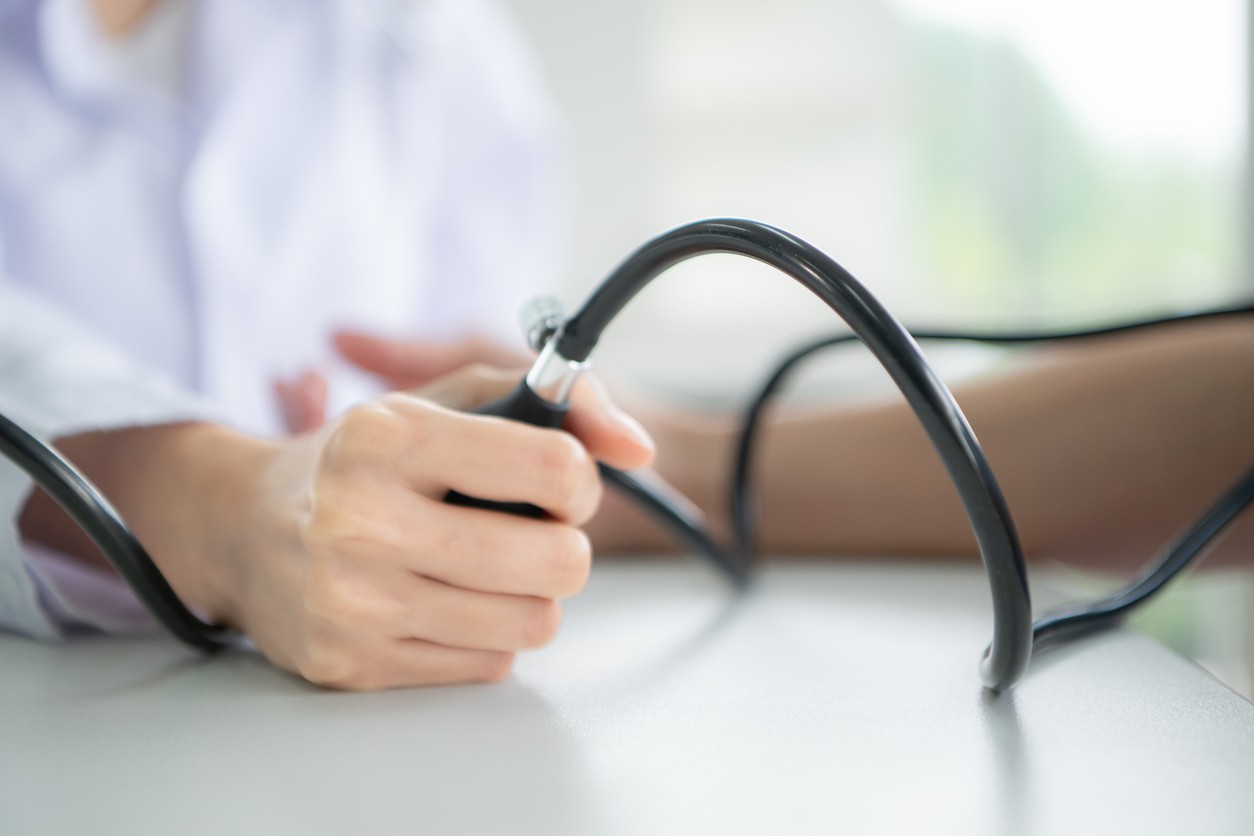How are side effects monitored in a clinical trial?
Participating in a clinical trial is a significant decision, especially when considering the potential for side effects from new treatments. Understanding how these side effects are monitored can offer reassurance and insight into the safeguards in place for participants. This article outlines the process of side effect monitoring in clinical trials, highlighting the rigorous protocols designed to protect participants.
The Importance of Monitoring Side Effects
Monitoring side effects is a critical component of clinical trials. It ensures the safety of participants and provides essential data on the treatment’s efficacy and risks. Side effects, or adverse events, can range from mild to severe and are an expected part of testing new medical interventions. The process of monitoring these effects is thorough and continuous throughout the trial.
Pre-Trial Assessments
Before a clinical trial begins, researchers conduct a comprehensive review of the proposed treatment, including any known or potential side effects based on preclinical studies. This information helps to inform the trial design, including how side effects will be monitored.
Importance of inclusion and exclusion criteria
To enhance patient protection, it is crucial to have a comprehensive understanding of the patient’s disease, comorbidities (associated conditions not directly related to the primary disease), and current treatments. Thus, every clinical trial incorporates specific inclusion and exclusion criteria designed to select patients who are most likely to benefit from the study, while minimizing the risk of adverse reactions or interactions with existing medications.
Informed Consent
Participants are provided with an informed consent document that outlines known risks and potential side effects of the treatment. This document is part of the process to ensure participants are fully aware of what to expect and agree to proceed with full knowledge of the potential risks.
Continuous Monitoring
Once the trial is underway, participants are closely monitored for any signs of side effects. This monitoring takes various forms, including:
-Regular Health Assessments: Participants undergo regular health checks, where medical staff look for any changes in their condition or new symptoms.
-Self-Reporting: Participants are encouraged to report any adverse effects they experience, no matter how minor they may seem. This self-reporting is crucial for capturing all potential side effects.
-Data Collection and Analysis: All reported side effects are recorded and analyzed to determine whether they are related to the treatment. This analysis includes looking for patterns or specific conditions that may increase the risk of side effects.
Safety Protocols
Clinical trials have built-in safety protocols, including Data Monitoring Committees (DMCs) or Safety Monitoring Boards, independent groups of experts who review the trial data regularly. These committees can recommend modifications to the trial or its cessation if safety concerns arise.
Responsive Action
When a side effect is identified, researchers take immediate action according to the severity of the event. Actions can include adjusting the dosage of the treatment, providing additional care to the affected participant, or, in severe cases, discontinuing the participant’s involvement in the trial.
Transparency and Communication
Throughout the trial, communication with participants about side effects is paramount. Researchers provide updates on any new findings regarding side effects, ensuring participants are always informed about their health and safety.
The monitoring of side effects in clinical trials is a sophisticated and multi-faceted process, emphasizing participant safety and the collection of valuable data on the treatment’s risk profile. For patients considering participation in a clinical trial, understanding this process can provide reassurance about the measures in place to protect their health and well-being.




